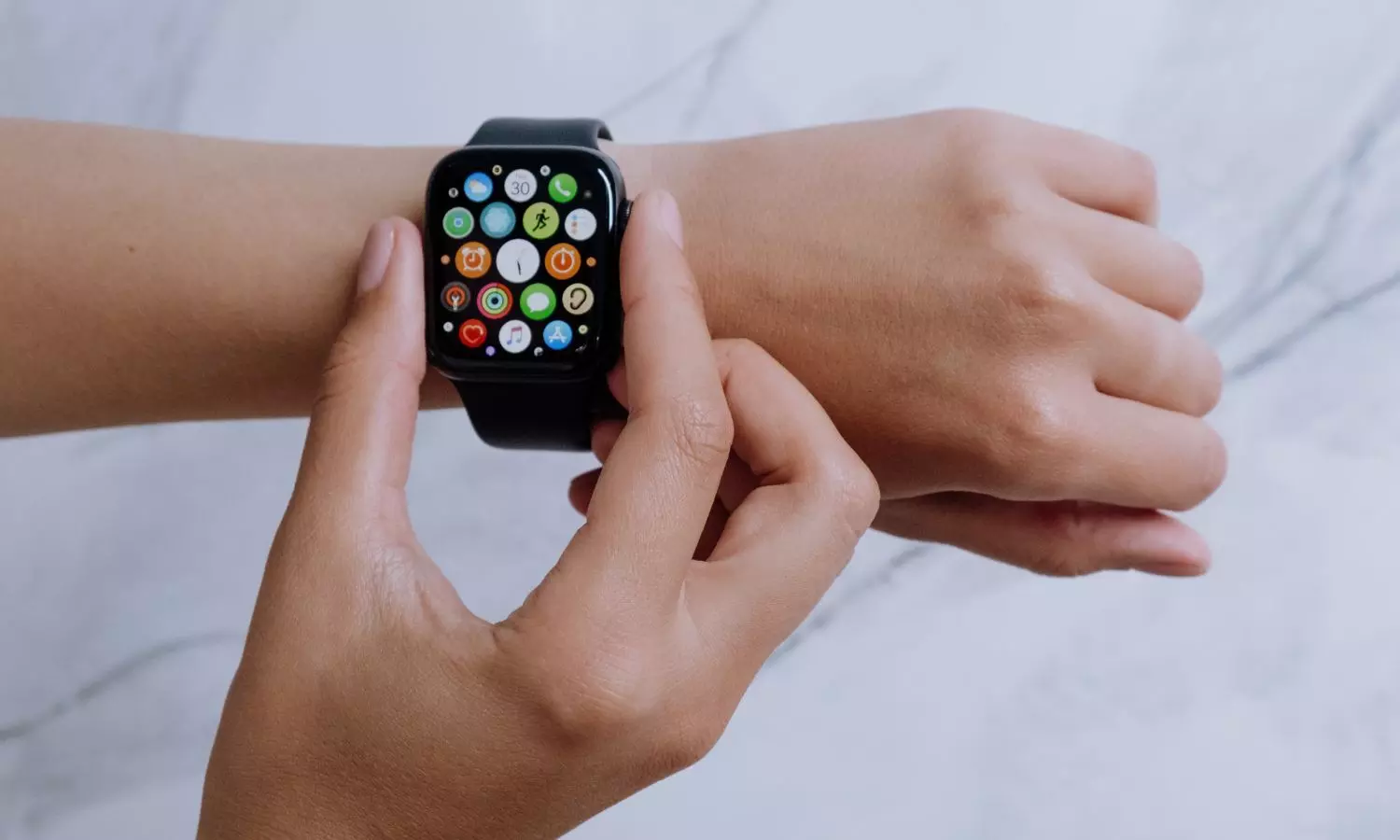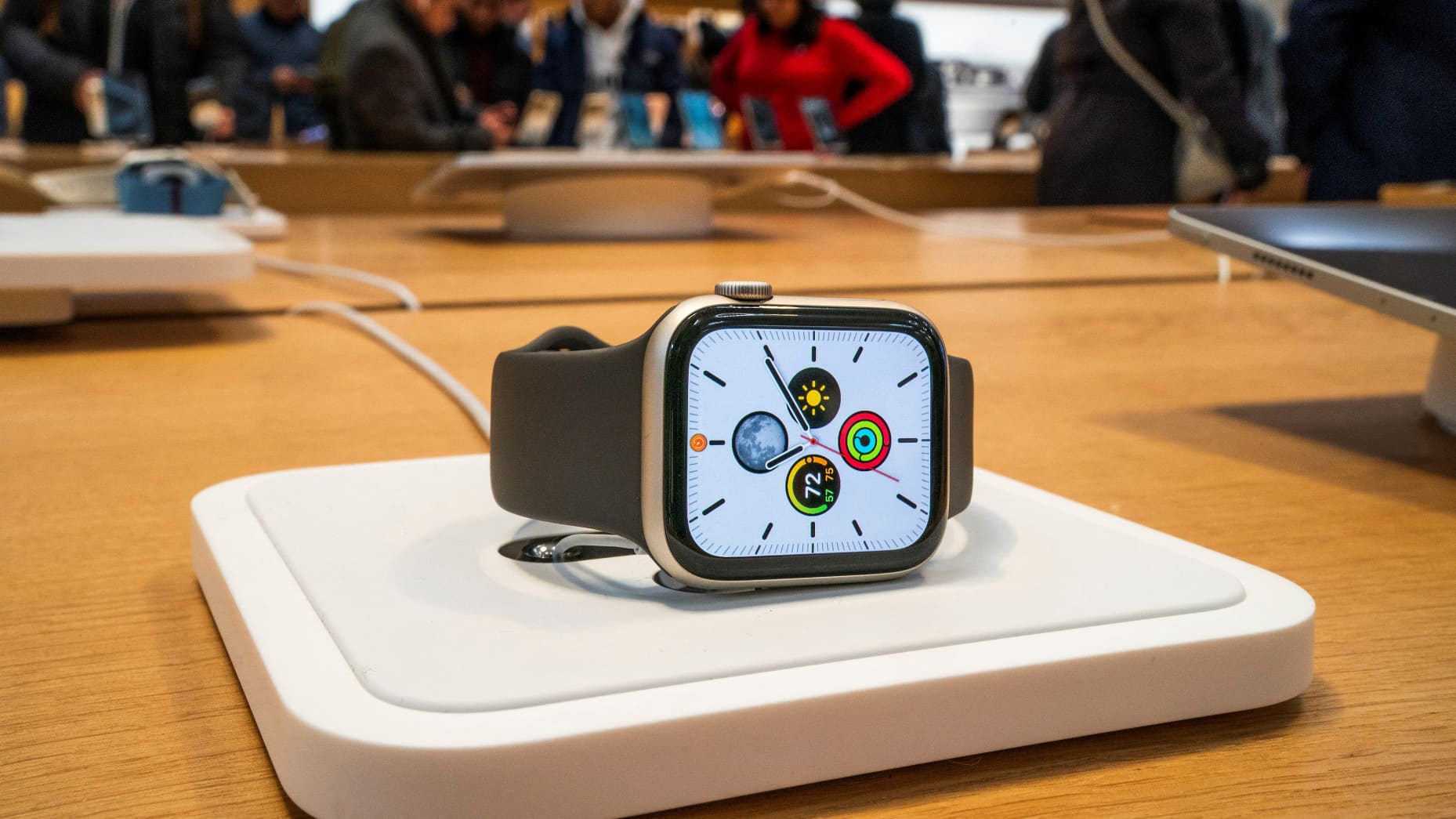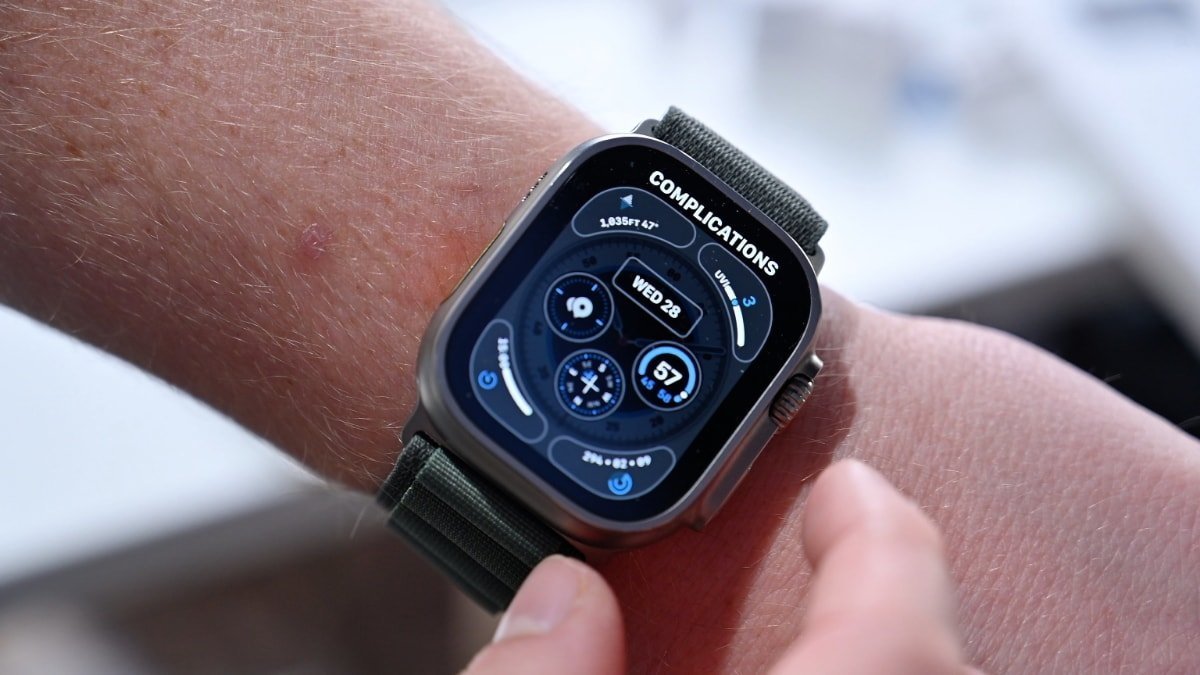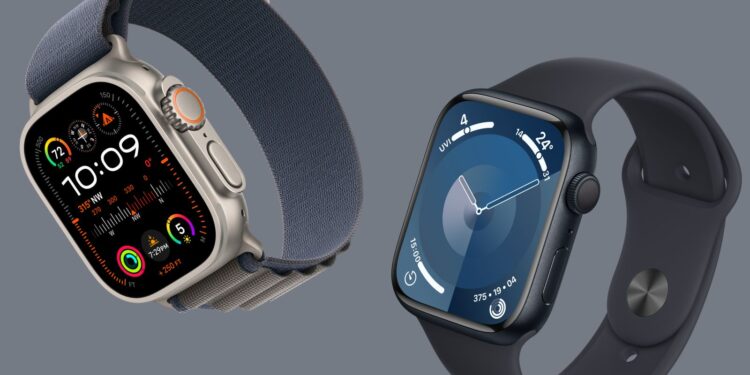In a recent legal skirmish that has gripped the tech world, Apple emerged partially victorious after a Delaware jury found that Masimo’s smartwatches infringed upon two of Apple’s design patents. The decision awarded Apple a modest sum of $250 in damages but marked a significant point in ongoing patent wars among tech giants.

Jury Verdict: A Mixed Bag for Apple
The jury’s decision came after intense deliberations in a lawsuit centered on design patents related to the Apple Watch. Apple, the Cupertino-based tech behemoth, argued that Masimo’s W1 and Freedom smartwatches, along with their chargers, willfully violated its design patents. While the financial compensation was minimal, the broader implication was Apple’s push for an injunction against Masimo’s products, which was only partially realized.
In an unexpected twist, the jury also concluded that Masimo did not infringe on other Apple patents, which cover various smartwatch technologies that Apple had accused Masimo of copying. This split decision underscores the complexities of patent litigation, where victories are often not clear-cut.
Masimo’s Reaction and the Broader Implications
Despite the mixed verdict, Masimo viewed the outcome as a favorable one, especially as it pertained to their current product line. “The decision only applied to a discontinued module and charger,” Masimo stated, emphasizing the jury’s refusal to hinder sales of its latest products.

Apple, on its part, expressed satisfaction with the jury’s decision. “We are glad the jury’s decision today will protect the innovations we advance on behalf of our customers,” said a spokesperson from Apple. This statement reflects Apple’s ongoing commitment to safeguarding its technological advancements through legal means.
Background of the Dispute
The roots of the conflict extend beyond the courtroom. Masimo accused Apple of poaching its employees and misappropriating its proprietary pulse oximetry technology—a claim that led the U.S. International Trade Commission (ITC) to temporarily block imports of Apple’s Series 9 and Ultra 2 smartwatches. Although Apple managed to overturn this block by removing the contested technology, tensions remained high, culminating in the current lawsuit.
Apple’s counterclaims paint a picture of a defensive strategy, alleging that Masimo’s litigation efforts were retaliatory. “Masimo’s own watch made way for using lawsuits as a tactical advantage,” Apple argued, suggesting that Masimo’s legal actions were part of a broader strategy to disrupt Apple’s market while promoting its own products.

Looking Ahead: The Tech Industry Watches Closely
As the dust settles on this particular legal battle, the implications for the tech industry are significant. Patent disputes among tech giants not only affect the companies involved but also shape the technological landscape by determining what technologies can be developed and how they are marketed.
This lawsuit is a reminder of the high stakes involved in tech innovation, where every design element of a product can be a battleground. As Apple and Masimo adjust their strategies post-verdict, the industry will be watching closely to see how this affects future collaborations and technology developments in the smartwatch market.
The outcome of this case may have been mixed for both parties, but it signals a continued era of patent vigilance and legal maneuvering in the competitive tech sector. Both Apple and Masimo are poised to continue defending their innovations, setting the stage for future encounters in the ever-evolving tech landscape.










